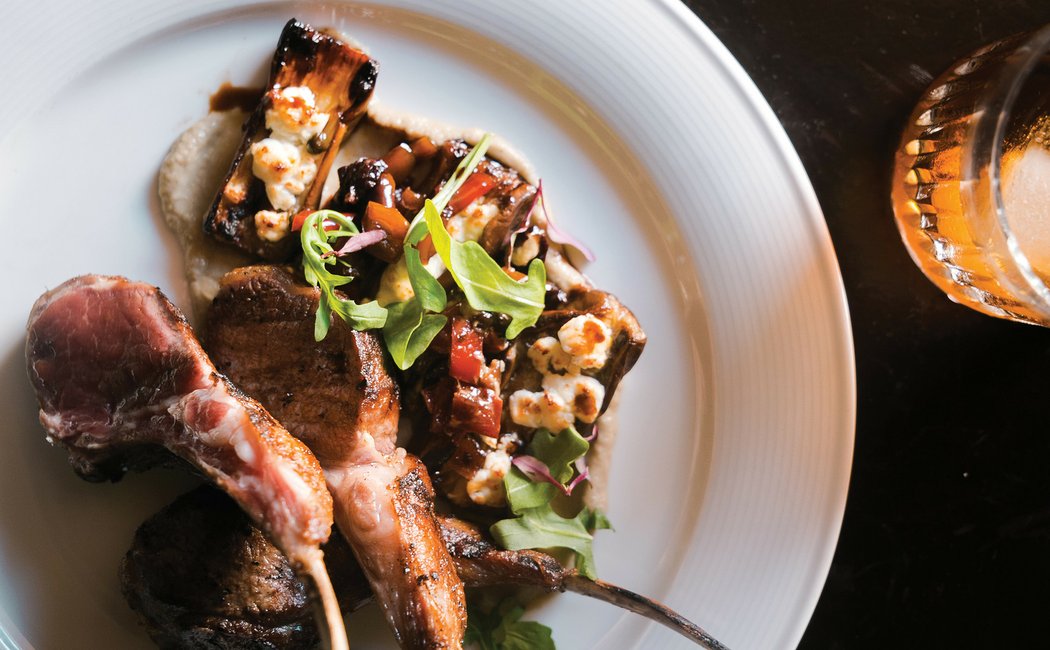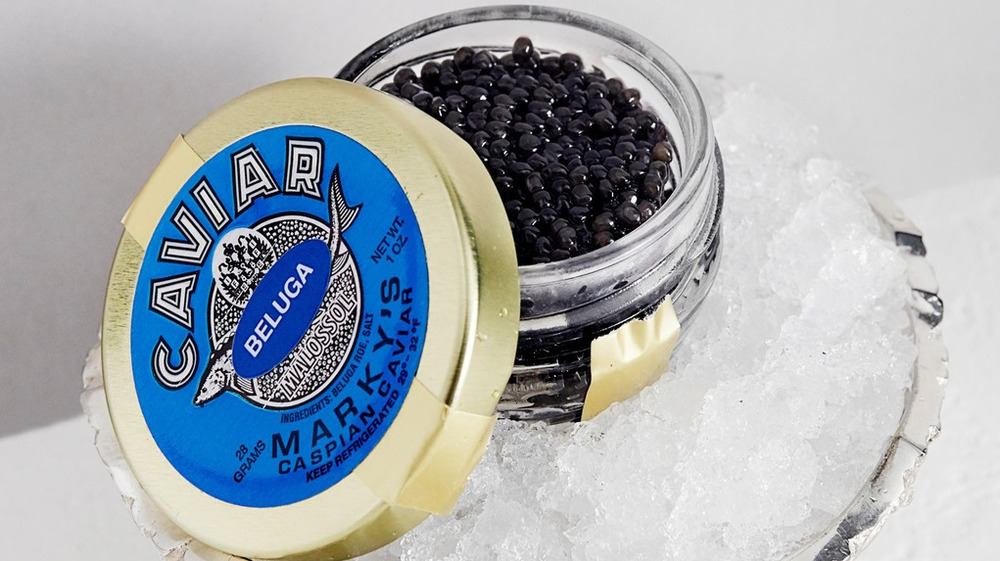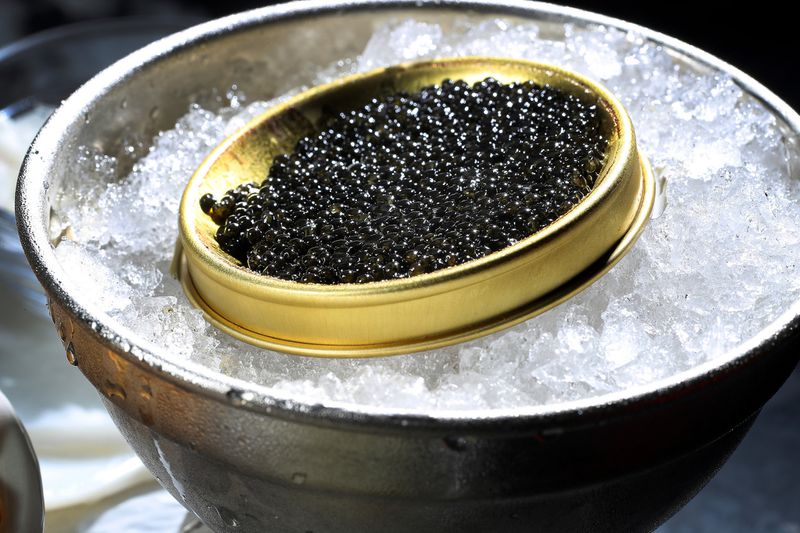The role of caviar in traditional Russian cuisine
When it comes to traditional Russian cuisine, few items are as quintessential and iconic as caviar. Believed to have been enjoyed by Tsars and Emperors for centuries, caviar has deeply woven itself into the rich fabric of Russia's culinary landscape. With Marky’s Caviar and Gourmet Food Company offering a wide selection of premium quality brands from sustainable sources, we thought it was time to take a closer look at the role of caviar in Russian cuisine - what makes it so special, how is it traditionally eaten or served, and why does this ingredient continue to be such an integral part of Russian meals?
Introducing the world of caviar and its importance in Russian culture
As a food blogger, I am thrilled to introduce you to the fascinating world of caviar and its significance in Russian culture. This delicacy made from fish eggs is considered a luxury item globally, but no one understands its importance more than the Russians. For centuries, caviar has been a staple food in Russian cuisine, a symbol of prosperity, and a way to show off one's status. It can be enjoyed in various ways, from being served atop toast or crackers to being used as a garnish or ingredient in other dishes. Learning about caviar's origin, preparation, and cultural significance is sure to expand your culinary horizons and tantalize your taste buds. So, let's dive into this posh food and discover what makes it so precious.
Exploring the history of caviar production and its evolution over time
Caviar has been a delicacy enjoyed by food connoisseurs for centuries. The production of this luxurious dish dates back to ancient times when it was a staple of the Persian aristocracy. Over the centuries, the production and popularity of caviar have evolved significantly. In the early 20th century, the demand for caviar skyrocketed, leading to overfishing and the depletion of wild stocks. Today, caviar is produced sustainably through aquaculture and innovative farming techniques. From the traditional Iranian method of salting and curing, to the modern-day sustainable practices of sturgeon farming, the history of caviar production is rich and varied. Join me on a journey through time as we explore the fascinating evolution of caviar, from its humble beginnings to its current status as a luxurious delicacy coveted by food lovers worldwide.
Examining different types of caviar and their unique flavor profiles

There are a plethora of delicacies in the culinary world, but few are as luxurious and nuanced as caviar. While many people associate caviar with fancy dinner parties and extravagant meals, few actually know the true range of flavors and textures that this elegant dish can offer. From the buttery richness of Russian Osetra to the bright, fragrant pop of California White Sturgeon, each type of caviar boasts a unique profile that can add depth and excitement to any dish or occasion. Whether you're a seasoned caviar connoisseur or simply curious about this sumptuous ingredient, exploring the world of caviar can be a rewarding, eye-opening experience.
Tasting traditional recipes featuring caviar - how to prepare them and what to pair them with

If you're looking to add a touch of luxury to your next dinner party or special occasion, consider serving traditional recipes featuring caviar. While it may seem intimidating, preparing and enjoying this delicacy is surprisingly simple. Start by selecting a high-quality caviar from a reputable source - this will ensure you get the best possible flavour. From there, pair it with complementary flavours and textures, such as toast points or blinis and sour cream or crème fraîche. Some of our favourite recipes featuring caviar include deviled eggs, smoked salmon canapés, and seafood pasta dishes. So why not indulge in a little extravagance and try your hand at cooking with caviar? Your taste buds will thank you!
An exploration of the contemporary trends in Russian cuisine that feature caviar as a key ingredient
Russian cuisine has a rich and diverse history, and today's cuisine reflects the changing times in Russia's culture and society. One of the contemporary trends in Russian cuisine is the use of caviar as a key ingredient. Caviar is a delicacy that has been highly regarded for centuries, and it is now being incorporated into more and more dishes. From traditional dishes like blinis with caviar and sour cream to more modern dishes like caviar-topped deviled eggs or caviar-infused butter, Russian chefs are finding new and creative ways to use this luxurious ingredient. Whether you're a caviar aficionado or a foodie looking to try something new, these contemporary trends in Russian cuisine are definitely worth exploring.
A review of Marky's Caviar and Gourmet food company - why you should choose them for your next gourmet meal
If you're on the hunt for an exceptional gourmet food company, look no further than Marky's Caviar. With a focus on high-quality, fresh ingredients and an unwavering commitment to customer satisfaction, this company truly stands out from the crowd. From their signature caviar to their tantalizing truffle products, every bite is a treat for the senses. But what really sets Marky's Caviar apart is their dedication to serving up culinary delights that are both delicious and sustainable. So, next time you're looking to elevate your next meal, give Marky's Caviar a try - your taste buds (and the planet) will thank you!
Encapsulating the unique storied and tasteful nature of caviar, Marky's Caviar and Gourmet Food Company offers a line of quality gourmet foods crafted with care to meet even the most refined tastes. With their selection of top-grade caviar, quality ingredients and passionate master chefs, Marky's provides a truly remarkable experience for food lovers who have not yet had the pleasure of joining them at the dinner table. Even if you are just beginning to explore the world of caviar and its timeless place in Russian culture, Marky's passion for curating new culinary experiences is sure to leave you with a newfound appreciation for this luxurious delicacy that will continue to linger on your taste buds for years to come. Bon Appétit!






